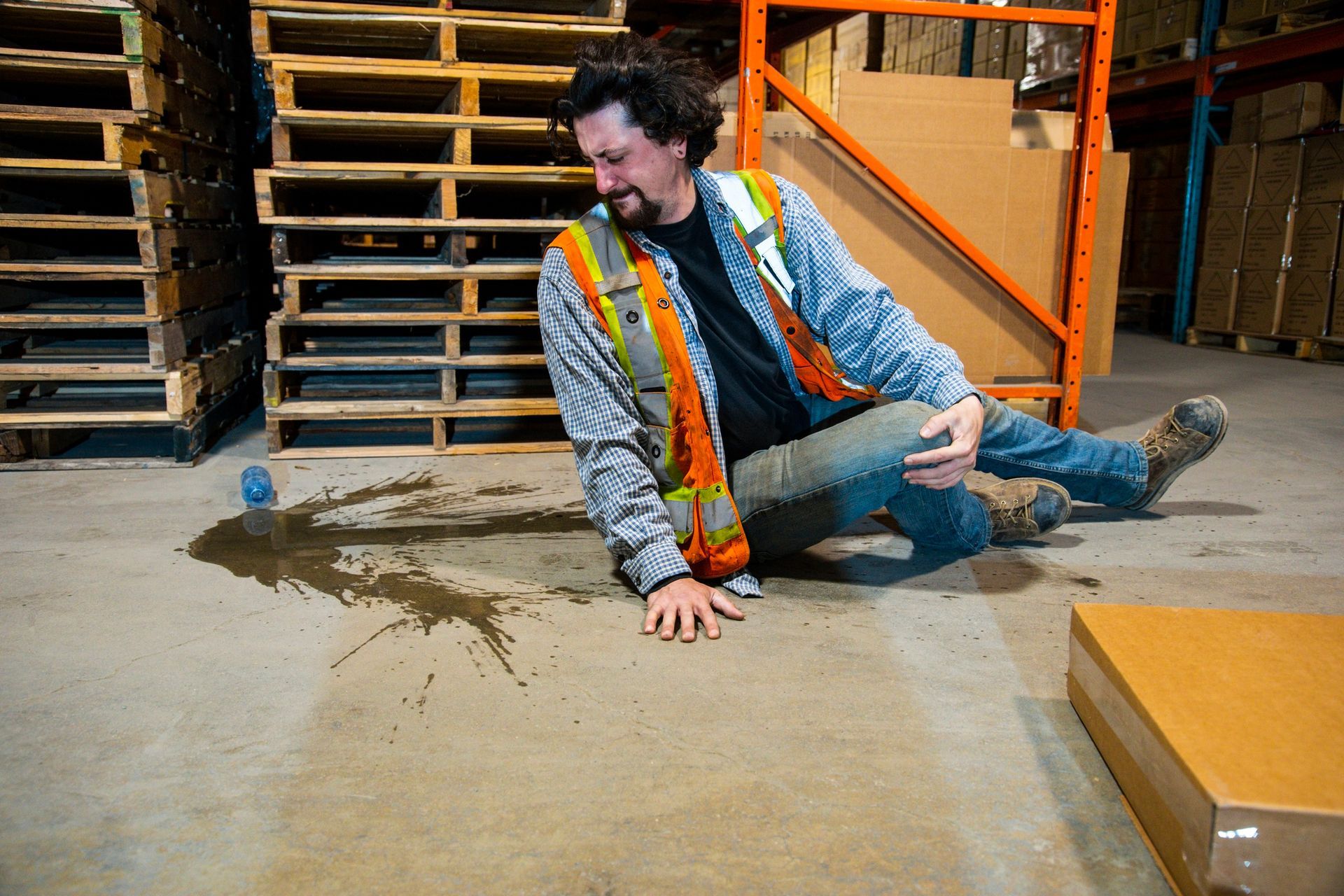ALL ABOUT THE SUMMER SOLSTICE
The Summer Solstice and Driving: What you need to know
WHAT IS THE SUMMER SOLSTICE?
The summer solstice marks the first day of the summer season, and is the longest day of the year. The word's meaning points to the optical illusion in which the sun appears to stand still on that day: "Solstice” derives from the Latin word for “sol” (sun) and “sisto” (stop). The summer solstice occurs during the hemisphere's summer. In the Northern Hemisphere, this is the June solstice (20 or 21 June) and in the Southern Hemisphere, this is the December solstice (21 or 22 of December).
The northern hemisphere is closest to the sun in early January, but this difference isn’t significant enough to affect the temperature. The reason we experience a hotter season with longer daylight hours in the summer has to do with the earth’s tilt on its axis. The North Pole is tilted toward the sun in the summer months, which is why our hemisphere has longer daylight hours with more intense sunlight (hence the heat). Due to the earth’s tilt, the northern tip will receive full sunlight on the solstice. For most of the summer, the nights are very short at this time of year. The closer you are to the North Pole, the longer your day will be, with an average of 16 hours of daylight in the UK, and 19 hours for residents of the Shetland Islands. But in the winter it’s dark for most or all of the day.
Because daylight lasts so long during the summer months in more northern regions, Slavic, Celtic and Scandinavian cultures have developed celebrations around the Summer Solstice. Celtic, Germanic, and Slavic groups in Europe used to welcome the summer solstice with bonfires because they believed the fire would harness the sun’s energy for the continuing months into harvest season. In Greek culture the god of agriculture was worshipped and servants were given equal rights to their owners during this holiday. For Egyptians, the solstice brought the beginning of the Nile flooding and thus a fruitful season full of food. To this day, the summer brings bountiful harvests, and many communities enjoy farmer’s markets during this season.
Druids considered the solstice a ‘marriage of day and night.’ Therefore many couples wed in June due to its association with luck. The midsummer moon was called the ‘Honey Moon’ —a term still used today in association with weddings. Another reason weddings were popular at this time was because having a child in early spring meant the baby had a better chance of surviving, and June is exactly nine months prior. Until very recently, June was considered the traditional wedding month, and is still a popular time to get married.
LONGEST BUT NOT HOTTEST
If the summer solstice marks the longest day of the year, why isn’t it the warmest? The reason is that it takes time for the Earth’s land and water to heat up, otherwise known as a seasonal lag. Similarly, in winter our coldest weather occurs in January or February, well after the winter solstice in December. The main reason for seasonal lag is that water, which covers over 70 per cent of the Earth’s surface, has a much higher heat capacity than land. That means you need to add a lot more heat to raise the temperature of water. And it also takes longer than land to warm up.
LONGER DAYLIGHT MEANS FEWER ACCIDENTS
The number of miles driven decreases substantially at night compared with daytime, yet more than half of all traffic deaths occur after dark. As a consequence, the number of fatalities per vehicle‐miles driven is significantly higher at night than during the day. Moreover, it has been shown that the number of night‐time crashes generally declines following the installation of overhead lighting, and when days are longer, as in the summer months. Other studies have highlighted the strong effect of lighting levels on fatal pedestrian crashes, with pedestrians being three to seven times more vulnerable in the dark than in the daylight.
100 DEADLIEST DAYS
Despite the above data, summer holidays are a significantly more dangerous time to be driving. “100 deadliest days of summer” refers to the period between Memorial Day and Labor Day, the unofficial start and end dates of summer. Car crash rates are statistically higher during this time, especially for teen drivers. Consistent with the fact that fewer accidents occur during daylight hours, most accidents occur on the weekend in the late night and early morning hours. According to IIHS, July 4th is the day of the year that has the highest number of fatal car accidents, with Memorial Day and Labor Day not far behind.
One of the main reasons motor vehicle accidents occur more frequently on these summer holidays is the use of alcohol by drivers. Teen drivers in particular engage in risky behaviors such as speeding, texting and alcohol/drug use. In 2015, the CDC’s Youth Risk Behavior Surveillance System (YRBSS) found that 42% of high school students who had driven in the past 30 days admitted to sending a text or email while driving. Students who admitted to frequent texting were also more likely to engage in other risky driving behaviors, such as drinking. In 2014, 17% of drivers between the ages of 16 and 19 who were involved in fatal crashes had a BAC of .08% or higher.
CONTACT YOUR ATTORNEY
While summer is a time of celebration—be it for the summer solstice or holidays—it is important to remember that good driving requires careful attention, sobriety, and favorable lighting and road conditions. If you or someone you know has been involved in a motor vehicle accident, contact Dave Thomas at The Thomas Law Firm. As an experienced personal injury attorney, Dave Thomas will discuss your claim and your potential recovery of damages. Contact The Thomas Law Firm today for a free evaluation of your legal rights.








